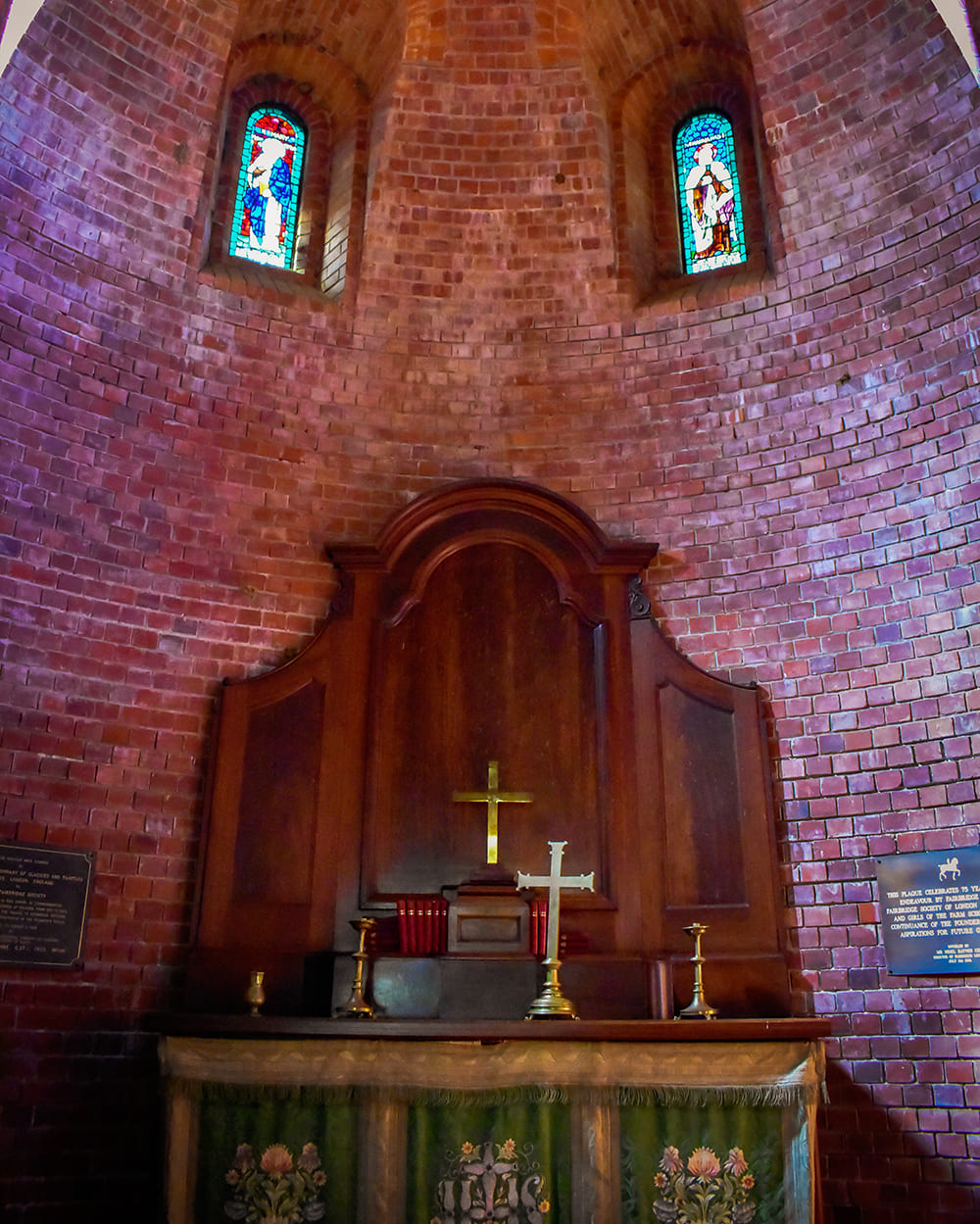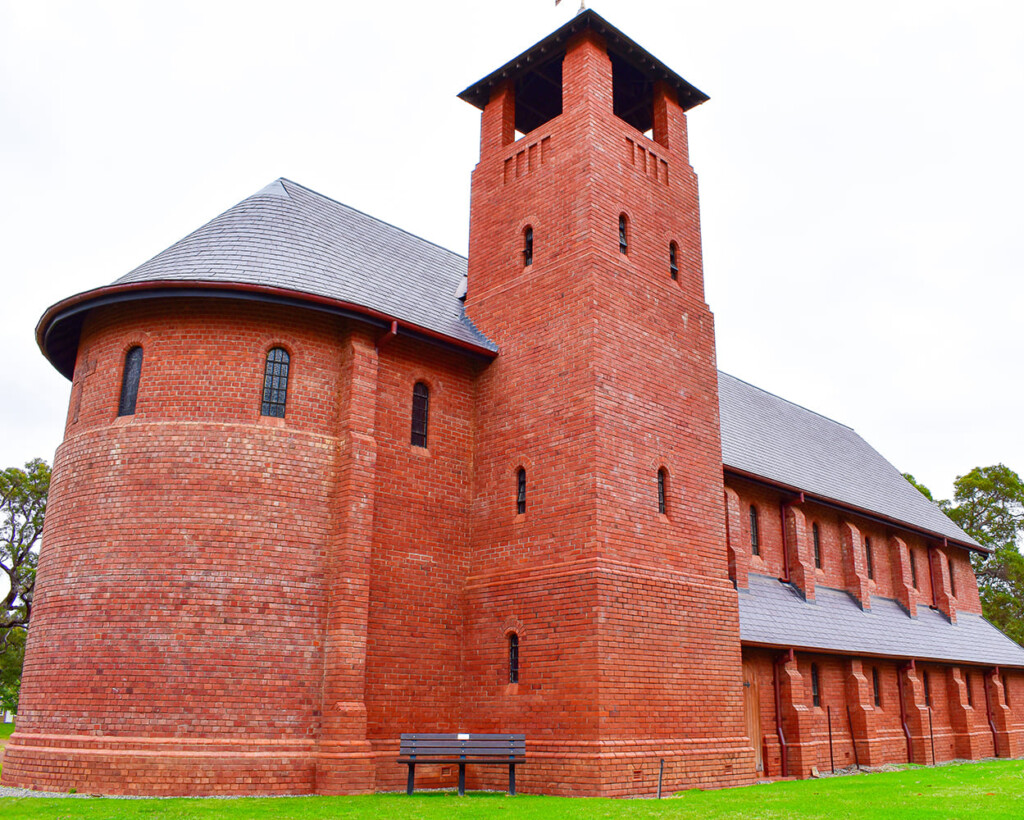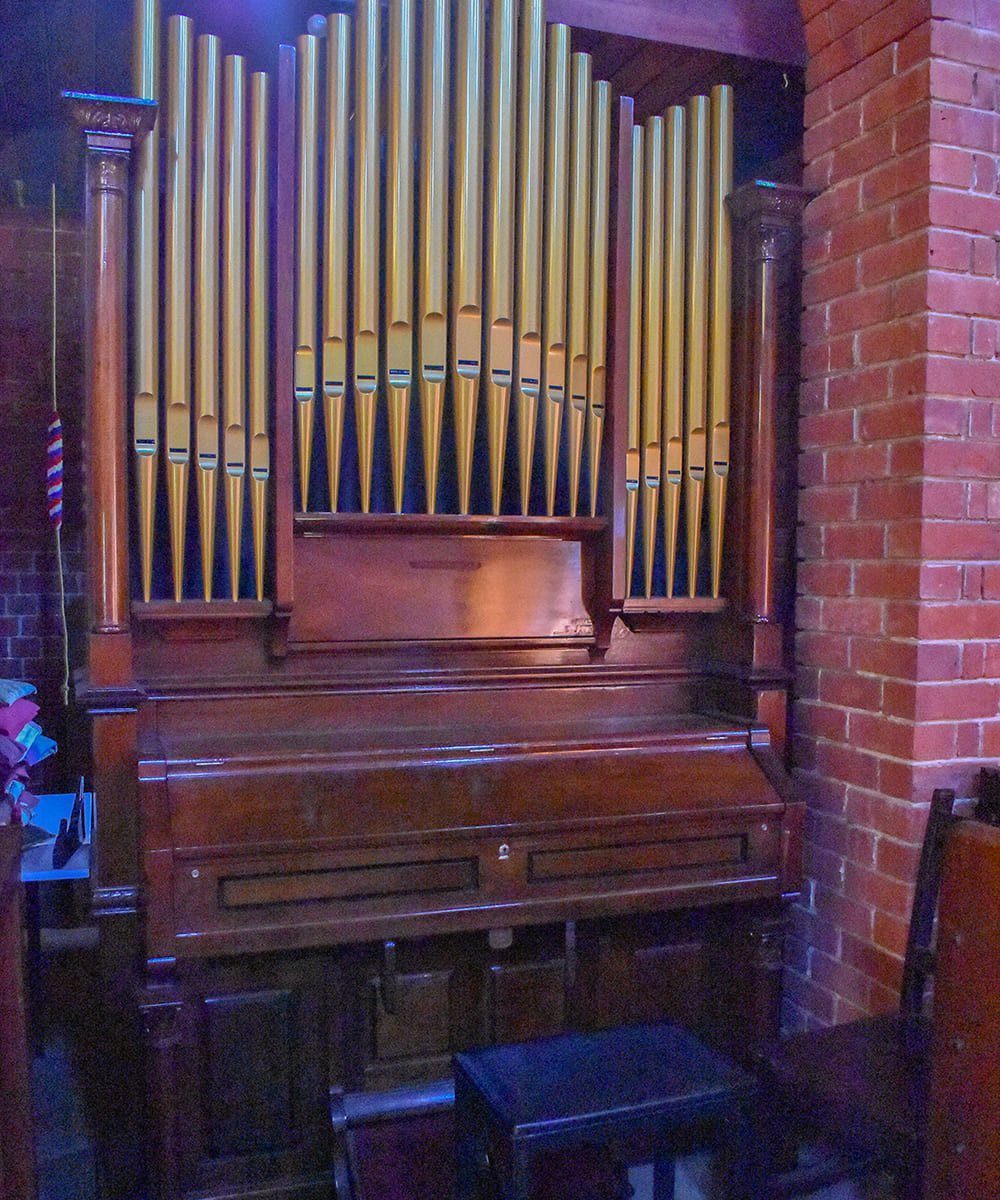
Historical sites hold a unique place in society, offering us a tangible connection to our past. Whether it’s a building, monument, or landscape, these sites provide valuable insights into the events, cultures, and people who have shaped the world we live in today.
In a rapidly changing world, it’s essential to appreciate and protect these landmarks for their historical, educational, and cultural significance.
Preserving History
One of the most compelling reasons to appreciate historical sites is their role in preserving history. These sites are physical records of events and lives that have come before us. Without them, much of our history would remain abstract, lost in texts or oral traditions. Visiting a historical site allows us to step back in time and experience the physicality of history.

Cultural and Educational Value
Historical sites also serve as educational tools, helping people learn about the past in an immersive and engaging way. Museums and exhibits housed in historical buildings provide curated experiences, while open-air sites like ancient ruins or colonial towns allow visitors to imagine what life was like in different eras.
A Sense of Identity and Belonging
Historical sites help us connect with our shared heritage, fostering a sense of identity and belonging. They are places where people can learn about their roots and how their culture has evolved over time. This connection to the past can be deeply personal, especially for those whose ancestors lived or worked at these sites.
Promoting Reflection and Understanding
Historical sites offer more than just a view into the past—they provide opportunities for reflection. Visiting a historical site encourages people to think critically about the events that took place there and the people who lived through them. These sites often serve as places for personal reflection, allowing visitors to consider how history has shaped their values, attitudes, and beliefs.
Celebrating Diversity and Inclusion
Historical sites also highlight the diversity of human experience. They offer insights into different cultures, beliefs, and traditions, helping to foster a sense of understanding and inclusion. By visiting such sites, we can learn about the different communities that have shaped the world.
Fairbridge Village, for instance, reflects the diverse backgrounds of the children brought there through the British child migration scheme. The church and surrounding buildings are reminders of the mix of cultures and stories that have contributed to the village’s unique identity. This diversity is something to be celebrated, as it shows how communities have been built over time, often through adversity, resilience, and collaboration.
The Economic Impact of Historical Sites
Beyond their cultural and educational value, historical sites also contribute to the economy. They attract tourists, provide employment opportunities, and stimulate local businesses. The preservation of these sites often requires significant investment, and the tourism industry can play a key role in supporting this work.
In the case of Fairbridge Village, the ongoing preservation of the church and other heritage buildings has the potential to boost local tourism. People visit such sites to learn about history, attend events, or simply enjoy the surroundings. The economic benefits of preserving historical sites can also have a positive impact on the local community, encouraging investment and development while safeguarding heritage.
Fostering a Sense of Community
Historical sites play a vital role in building and maintaining a sense of community. They act as communal spaces, bringing people together for shared experiences, whether it’s a cultural event, a wedding, or simply a quiet moment of reflection. These sites offer a place where people can connect over shared values, traditions, and histories.
For instance, the Church of the Holy Innocents at Fairbridge Village continues to serve as a gathering point for the community, hosting events such as weddings, baptisms, and memorial services. This connection to the community ensures that the site remains relevant, maintaining its place as a symbol of continuity and resilience.

The Future of Historical Sites
As we look to the future, it’s crucial that we continue to appreciate and protect historical sites. They are not just relics of the past; they are living symbols that connect us to the history we share. Through careful preservation and continued use, these sites can continue to educate, inspire, and connect future generations.
Conclusion
Historical sites are more than just old buildings or landmarks. They are vital pieces of our shared history, offering us a glimpse into the past and helping us understand the world we live in today. From their role in preserving history to their ability to foster a sense of identity and community, historical sites play an irreplaceable part in shaping our cultural landscape.




